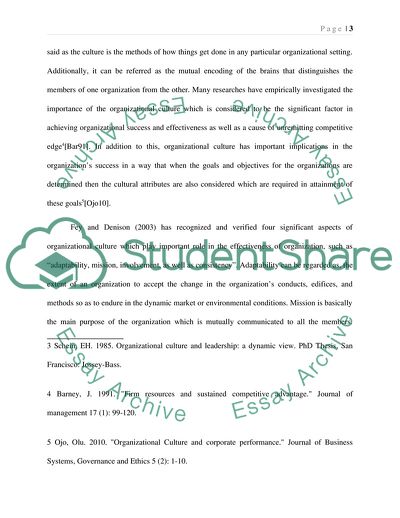Cite this document
(Safety Culture in Military Aviation Term Paper Example | Topics and Well Written Essays - 3250 words, n.d.)
Safety Culture in Military Aviation Term Paper Example | Topics and Well Written Essays - 3250 words. https://studentshare.org/culture/1833678-what-is-the-culture-of-the-organisation-defence-force-whay-and-how-has-it-developed-this-way-what-can-be-done-to-enhance-it
Safety Culture in Military Aviation Term Paper Example | Topics and Well Written Essays - 3250 words. https://studentshare.org/culture/1833678-what-is-the-culture-of-the-organisation-defence-force-whay-and-how-has-it-developed-this-way-what-can-be-done-to-enhance-it
(Safety Culture in Military Aviation Term Paper Example | Topics and Well Written Essays - 3250 Words)
Safety Culture in Military Aviation Term Paper Example | Topics and Well Written Essays - 3250 Words. https://studentshare.org/culture/1833678-what-is-the-culture-of-the-organisation-defence-force-whay-and-how-has-it-developed-this-way-what-can-be-done-to-enhance-it.
Safety Culture in Military Aviation Term Paper Example | Topics and Well Written Essays - 3250 Words. https://studentshare.org/culture/1833678-what-is-the-culture-of-the-organisation-defence-force-whay-and-how-has-it-developed-this-way-what-can-be-done-to-enhance-it.
“Safety Culture in Military Aviation Term Paper Example | Topics and Well Written Essays - 3250 Words”. https://studentshare.org/culture/1833678-what-is-the-culture-of-the-organisation-defence-force-whay-and-how-has-it-developed-this-way-what-can-be-done-to-enhance-it.


